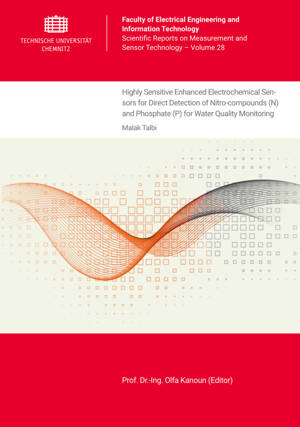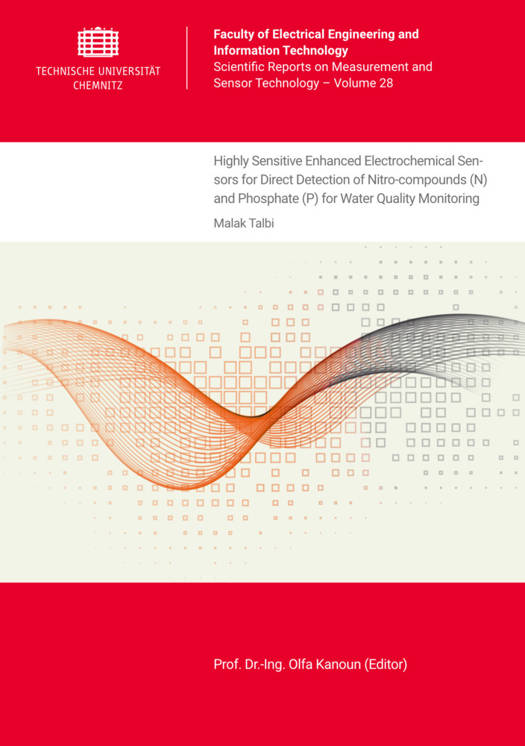
- Afhalen na 1 uur in een winkel met voorraad
- Gratis thuislevering in België vanaf € 30
- Ruim aanbod met 7 miljoen producten
- Afhalen na 1 uur in een winkel met voorraad
- Gratis thuislevering in België vanaf € 30
- Ruim aanbod met 7 miljoen producten
Zoeken
Highly Sensitive Enhanced Electrochemical Sensors for Direct Detection of Nitro-compounds (N) and Phosphate (P) for Water Quality Monitoring
DE
Malak Talbi
€ 15,95
+ 31 punten
Omschrijving
This thesis develops highly sensitive electrochemical sensors for continuous monitoring of nitrogen and phosphorus compounds in water. Overuse of these fertilizers dramatically impacts aquatic ecosystems and poses health risks, necessitating efficient field-deployable sensors.Carbon screen-printed electrodes (CSPE) serve as transducers for all analytes due to their ease of use, high surface area, and minimal sample requirements. Three sensors were developed: (1) Gold nanoparticles (~12 nm) capped with polyethylenimine for nitrite detection, achieving the lowest reported limit of detection (LoD) at 2.5 nM with linear range 0.01-4.0 µM. (2) Eco-friendly chitosan-tetra sulfonated copper phthalocyanine composite for nitrite (40-100 µM, LoD 0.06 µM at pH 6) and nitrate detection (1-10 µM, LoD 0.05 µM at pH 2). (3) Reagent-less phosphate sensor using copper phthalocyanines and modified carbon nanotubes, achieving 0.31 nM LoD in a rangeof 0.001-100 µM.All sensors demonstrated low interference, high reproducibility (<10% RSD), and successful validation in real samples (tap water, olive water, aquaponics) with 69.94-120% recovery rates. A 3D-printed flow cell integrated all sensors for simultaneous nutrient detection in complex water samples.
Specificaties
Betrokkenen
- Auteur(s):
- Uitgeverij:
Inhoud
- Aantal bladzijden:
- 180
- Taal:
- Engels
- Reeks:
- Reeksnummer:
- nr. 28
Eigenschappen
- Productcode (EAN):
- 9783961002320
- Uitvoering:
- Paperback
- Afmetingen:
- 148 mm x 11 mm
- Gewicht:
- 270 g

Alleen bij Standaard Boekhandel
+ 31 punten op je klantenkaart van Standaard Boekhandel
Beoordelingen
We publiceren alleen reviews die voldoen aan de voorwaarden voor reviews. Bekijk onze voorwaarden voor reviews.








